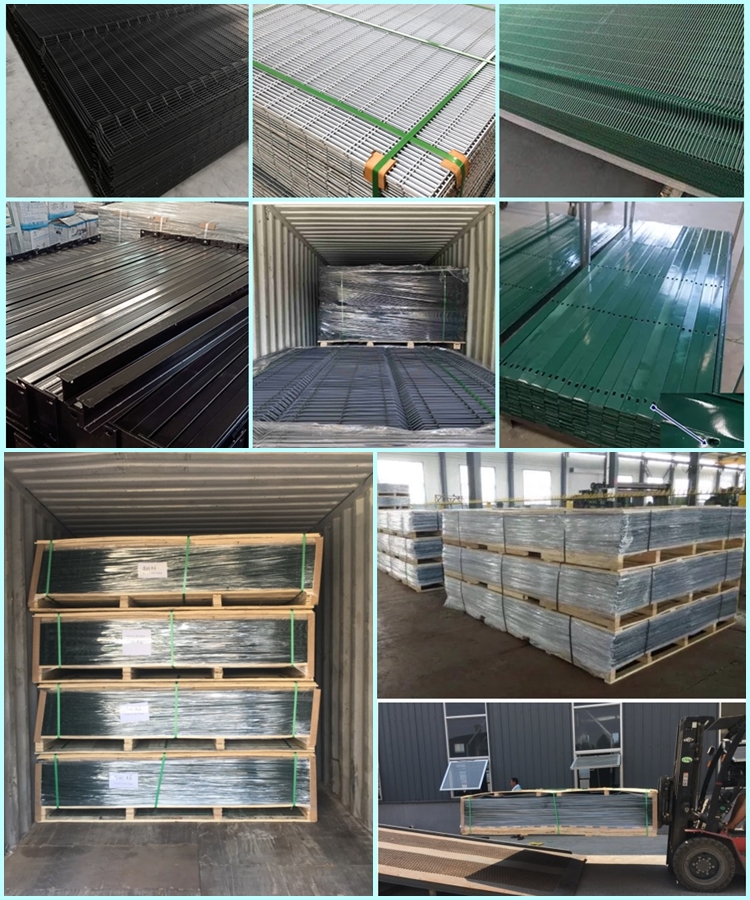Aug . 13, 2024 08:56 Back to list
Explore Innovative Cattle Fence Solutions for Enhanced Farm Security and Livestock Management
Understanding Cattle Fence Products A Comprehensive Guide
When it comes to livestock management, one of the most crucial elements is the fencing that keeps cattle contained and safe. Cattle fence products are designed to protect both the animals and the land, ensuring that cattle can graze freely without straying into dangerous territories or neighboring properties. This article delves into the various types of cattle fences, their materials, and the essential role they play in modern ranching.
Types of Cattle Fences
1. Barbed Wire Fencing Barbed wire is a popular choice among cattle ranchers due to its effectiveness and cost-efficiency. This fencing consists of wire strands twisted together with sharp barbs that deter cattle from pushing against it. While barbed wire serves its purpose well, it can lead to injuries if animals become entangled. Therefore, careful installation and maintenance are critical.
2. Electric Fencing Electric fencing is gaining traction as a humane and effective way to manage cattle. It delivers a mild shock when animals touch the wire, discouraging them from attempting to breach the barrier. Modern electric fencing can be portable, making it ideal for rotational grazing, while also providing versatility in terms of layout.
3. Field Fencing This type of fencing features vertical wire strands spaced evenly apart, providing a more visible barrier for cattle. Field fencing is designed to contain animals while allowing smaller wildlife to pass through. Its sturdiness makes it a lasting investment, often requiring minimal maintenance over time.
4. Wooden Fencing Although it can be more costly and requires regular upkeep, wooden fencing offers an aesthetically pleasing option for ranchers concerned with property appearance. It is durable and can provide excellent visibility and security. However, wooden fences may not be suitable for every ranch, as they can be prone to decay and insect damage.
cattle fence products

5. Composite Fencing Made from a combination of plastic and wood, composite fencing is a newer alternative that provides the look of traditional wood with the durability and low maintenance of plastic. This type of fencing stands up well against various weather conditions and is resistant to rotting.
Choosing the Right Fencing
When selecting the right cattle fence, several factors come into play. Budget considerations are paramount; some fencing options, while effective, can stretch finances. Ranchers must also consider the terrain of their land and the behavior of their cattle. For example, aggressive breeds may require sturdier fencing, while more docile animals may be effectively managed with lighter options. Additionally, future expansion plans should guide the choice of fencing type, particularly if the ranch intends to increase the size of its herd or diversifies into other livestock.
Benefits of Proper Fencing
Investing in quality cattle fence products provides various benefits beyond merely keeping animals contained. Proper fencing helps to minimize the risk of accidents involving livestock and vehicles, reducing liability for ranchers. Additionally, well-fenced pastures can facilitate managed grazing, improving land health through better soil and vegetation management. This practice not only enhances the quality of the pasture but can also lead to improved animal health and productivity.
In conclusion, cattle fence products are more than just barriers; they are essential tools for successful livestock management. Understanding the different types of fencing available and selecting the right one based on specific needs can enhance the efficiency of a ranch operation. Whether opting for barbed wire, electric, or composite fencing, investing time and resources into choosing the best option will pay dividends in the long run, ensuring the safety and well-being of cattle while maintaining the integrity of the land.
-
358 Anti Climb Welded Wire Mesh Fence - Secure Perimeter Defense
NewsAug.02,2025
-
Durable Hot-Dip Galvanized Farm Field Wire Fence | Farm Security
NewsAug.01,2025
-
Temporary Fencing Solutions-Anping County Xingzhi Metal Wiremesh Products Co.,Ltd
NewsJul.31,2025
-
Hop Dipped Galvanized / PVC Coated Temporary Fence - Anping County Xingzhi Metal Wiremesh Products Co., Ltd.|Durable Temporary Fencing&Cost-Effective Security Solutions
NewsJul.31,2025
-
Hop Dipped Galvanized / PVC Coated Temporary Fence-Anping County Xingzhi Metal Wiremesh Products Co., Ltd|durable temporary fencing&corrosion-resistant solutions
NewsJul.31,2025
-
Temporary Fencing Solutions - Anping County Xingzhi Metal | Galvanized PVC Coated Fences
NewsJul.31,2025



